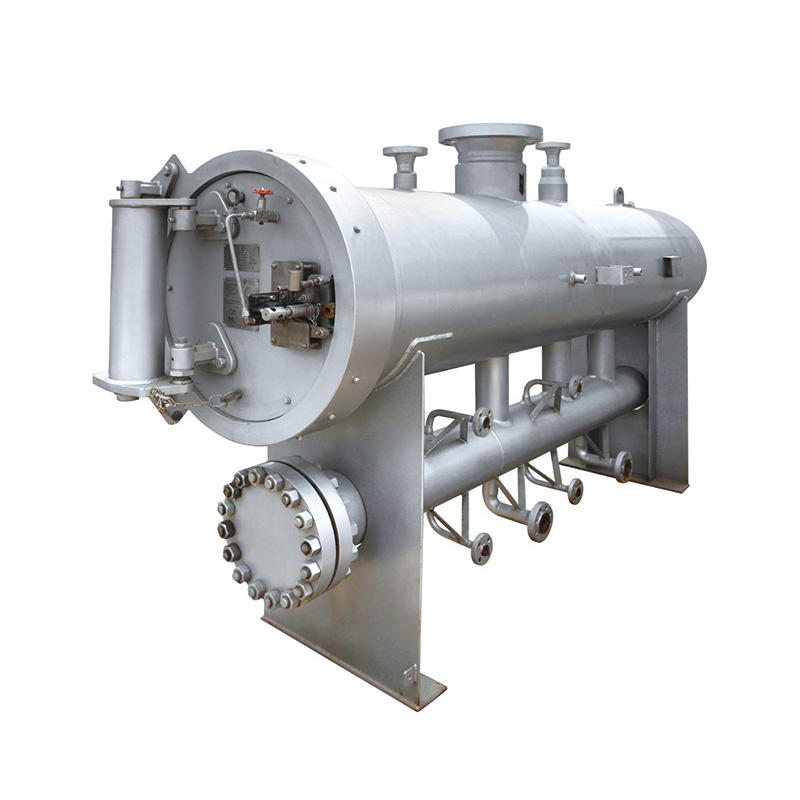
Dec . 10, 2024 21:46
Back to list
Valve Closure Mechanism and Its Importance in Industrial Systems
Understanding Shut-off Valves A Key Component in Fluid Control Systems
In the realm of engineering and fluid dynamics, the shut-off valve stands out as a crucial component that plays a significant role in regulating fluid flow in various systems. These valves are integral in a multitude of applications, ranging from oil and gas transportation to water distribution and even in household plumbing. This article aims to explore the fundamental aspects of shut-off valves, their types, functions, and importance in both industrial and residential settings.
What is a Shut-off Valve?
A shut-off valve is a device designed to start or stop the flow of liquids or gases within a system. It effectively controls the flow rate and pressure of the fluid, ensuring that the system operates efficiently and safely. Shut-off valves can be found in pipelines, tanks, and various machinery where the regulation of flow is essential for optimal performance and safety.
Types of Shut-off Valves
There are several types of shut-off valves available, each with its unique design and functionality. Some of the most common types include
1. Gate Valves These are widely used in pipelines where full flow is required. The gate valve consists of a wedge-shaped metal gate that operates in a vertical motion. It is ideal for applications where the valve needs to be either fully open or fully closed, as it offers minimal resistance to fluid flow.
2. Globe Valves Unlike gate valves, globe valves have a spherical body that facilitates a tighter seal. They are commonly used for throttling and flow regulation due to their superior flow control capabilities.
.
4. Butterfly Valves These valves feature a rotating disc that regulates flow. They are lightweight and compact, making them an excellent choice for large volume applications.
صمام الإغلاق

5. Check Valves While not a traditional shut-off valve, check valves prevent backflow in a system, ensuring that fluid flows in a single direction. They are essential for protecting equipment from damage caused by reverse flow.
Functions and Applications
The primary function of shut-off valves is to control fluid flow. However, their applications extend beyond mere on-off operation. Shut-off valves can also aid in isolating sections of pipelines for maintenance, helping to prevent leaks and spills. Their use is critical in emergency situations, where rapid closure can mitigate potential hazards, such as in gas pipelines or processing plants.
In residential settings, shut-off valves are commonly found in water supply lines, allowing homeowners to conveniently turn off water to appliances or throughout the house in case of a leak or repair. This control not only improves safety but also enhances the efficiency of plumbing systems.
Importance of Shut-off Valves
The significance of shut-off valves cannot be overstated. They are essential for maintaining the integrity and safety of fluid systems. By effectively controlling flow, shut-off valves help prevent accidents, equipment failure, and costly downtime. Additionally, they contribute to energy efficiency by minimizing leaks and losses in systems.
Regular maintenance and inspection of shut-off valves are also crucial. Over time, wear and tear can affect their performance, leading to leaks or failure to close properly. Ensuring that these valves are in good working condition is vital for the longevity and efficiency of any fluid system.
Conclusion
In summary, shut-off valves are vital components in the management of fluid flow across various industries and applications. Understanding the types, functions, and importance of these valves is essential for anyone involved in engineering, plumbing, or maintenance of fluid systems. As technology advances, the design and materials used for shut-off valves will continue to evolve, enhancing their performance and reliability in modern applications.
Latest news
-
Safety Valve Spring-Loaded Design Overpressure ProtectionNewsJul.25,2025
-
Precision Voltage Regulator AC5 Accuracy Grade PerformanceNewsJul.25,2025
-
Natural Gas Pressure Regulating Skid Industrial Pipeline ApplicationsNewsJul.25,2025
-
Natural Gas Filter Stainless Steel Mesh Element DesignNewsJul.25,2025
-
Gas Pressure Regulator Valve Direct-Acting Spring-Loaded DesignNewsJul.25,2025
-
Decompression Equipment Multi-Stage Heat Exchange System DesignNewsJul.25,2025

